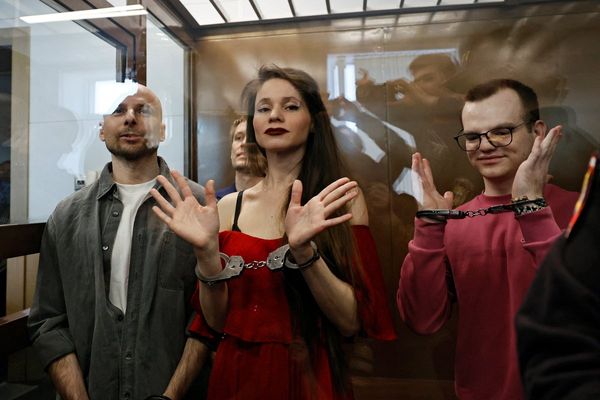
A rare collection of colourised photographs documenting life at a First World War hospital have been made public in a bid to identify the nurses who worked there.
Researchers at English Heritage have released a series of images taken at Wrest Park in Bedfordshire, in the hope that the staff's descendants will come forward with new information.
More than 100 nurses are thought to have been based on the 19th Century estate when it was transformed into a convalescence home during the war.
However, historians have found it difficult to pin down the identities of most of the women who worked at Wrest Park due to a lack of records.
“These women were the backbone of the hospital, and indeed the war effort, providing much needed treatment to the wounded, but also acting as a comfort to house soldiers traumatised by the horrors of war,” said Andrew Hann, lead properties historian for English Heritage.
“They worked tirelessly and deserve to be known as individuals, just as the soldiers they cared for do. We have a team of volunteer historians at Wrest Park who have done lots of excellent research into the property’s history as a military hospital, but they’ve hit a brick wall in finding out more about the staff who worked there."
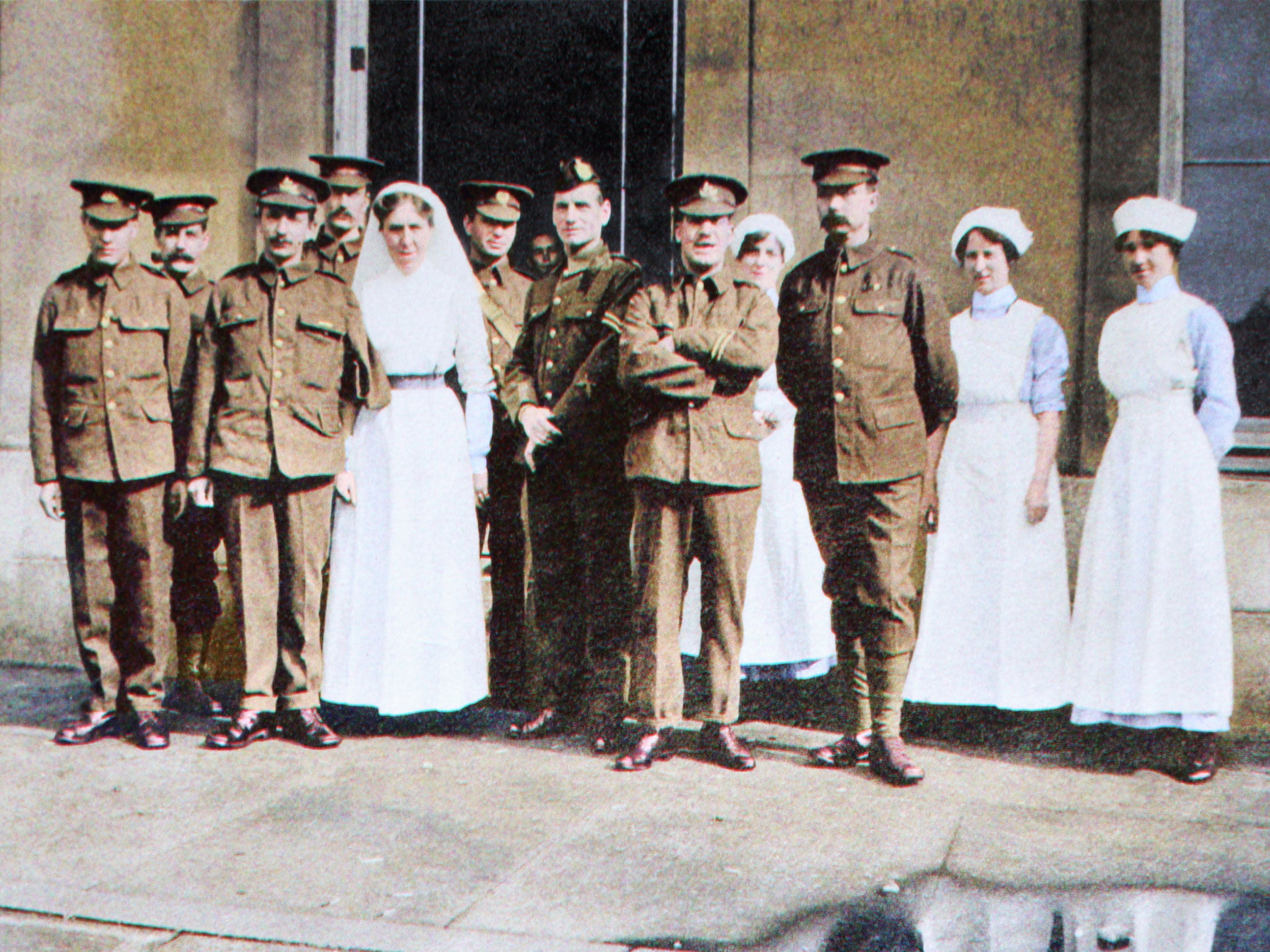
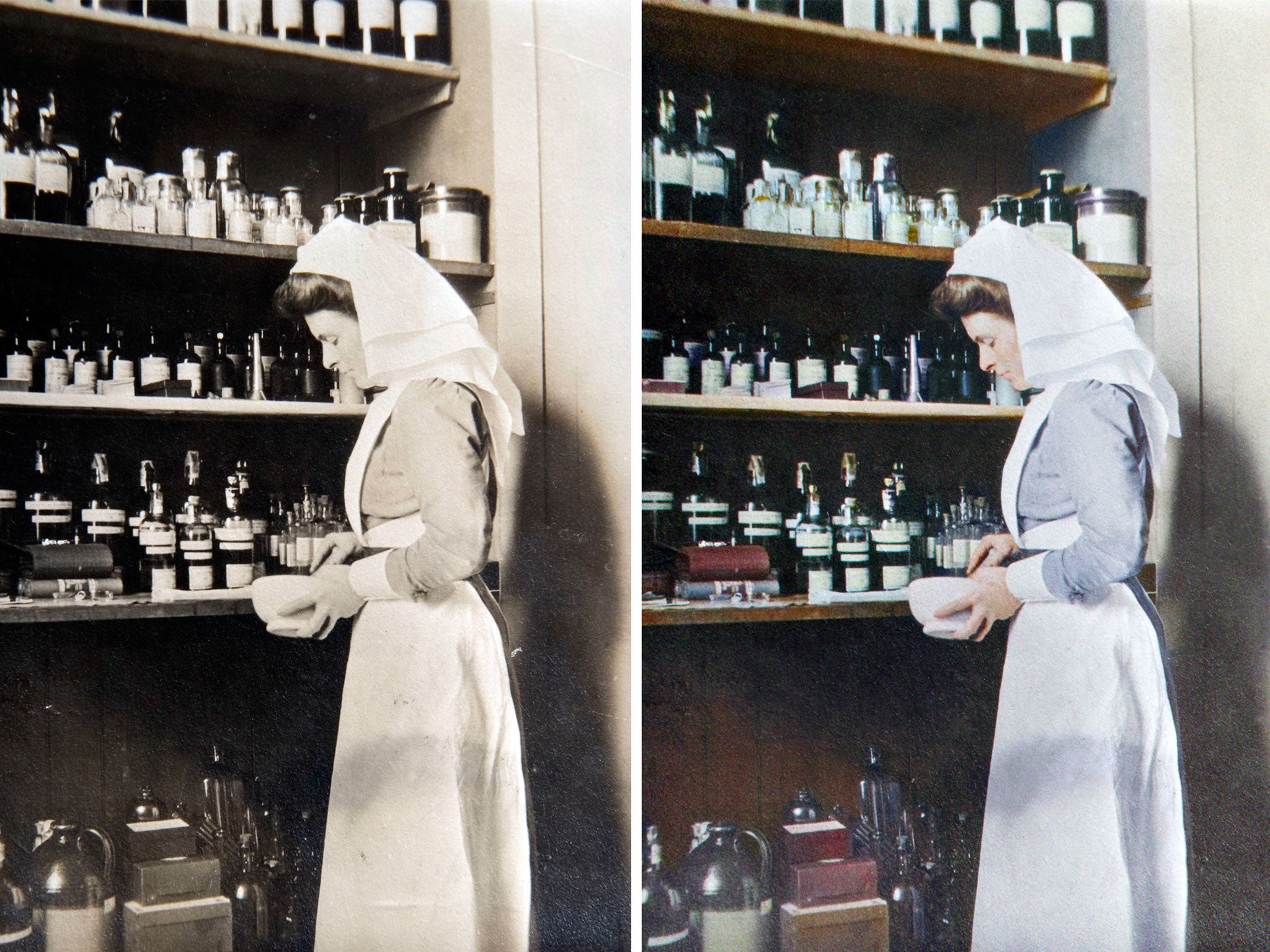
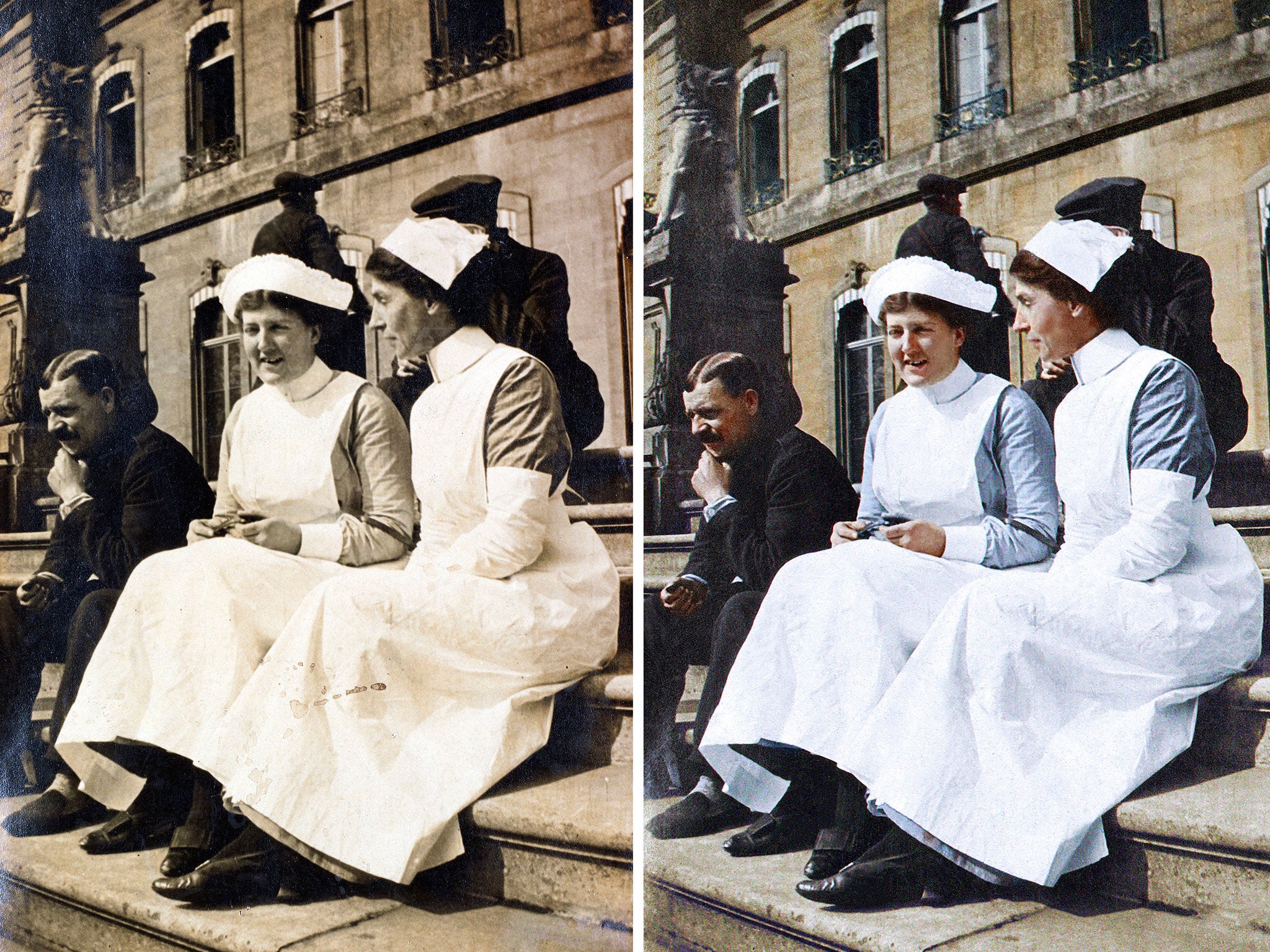
He added: “We are interested in the human stories that are hinted at from the photographic evidence we have. It would be wonderful if the public could help us identify these forgotten women.”
Wrest Park was offered by its owner Auberon Herbert, the 9th Baron Lucas, to then-first lord of the admiralty Winston Churchill as a place to treat wounded servicemen in 1914.
In what was an unprecedented project at the time, the estate was then transformed into the country's first-ever wartime country house hospital.
Led by matron Nan Herbert, up to 24 nurses cared for between 150 and 200 patients at the house.
The estate served as a hospital for injured soldiers until September 1916, when it was forced to close due to a fire.
Researchers hope the colourised photographs will help ancestors of the nurses recognise their relatives and come forwards to share their stories.
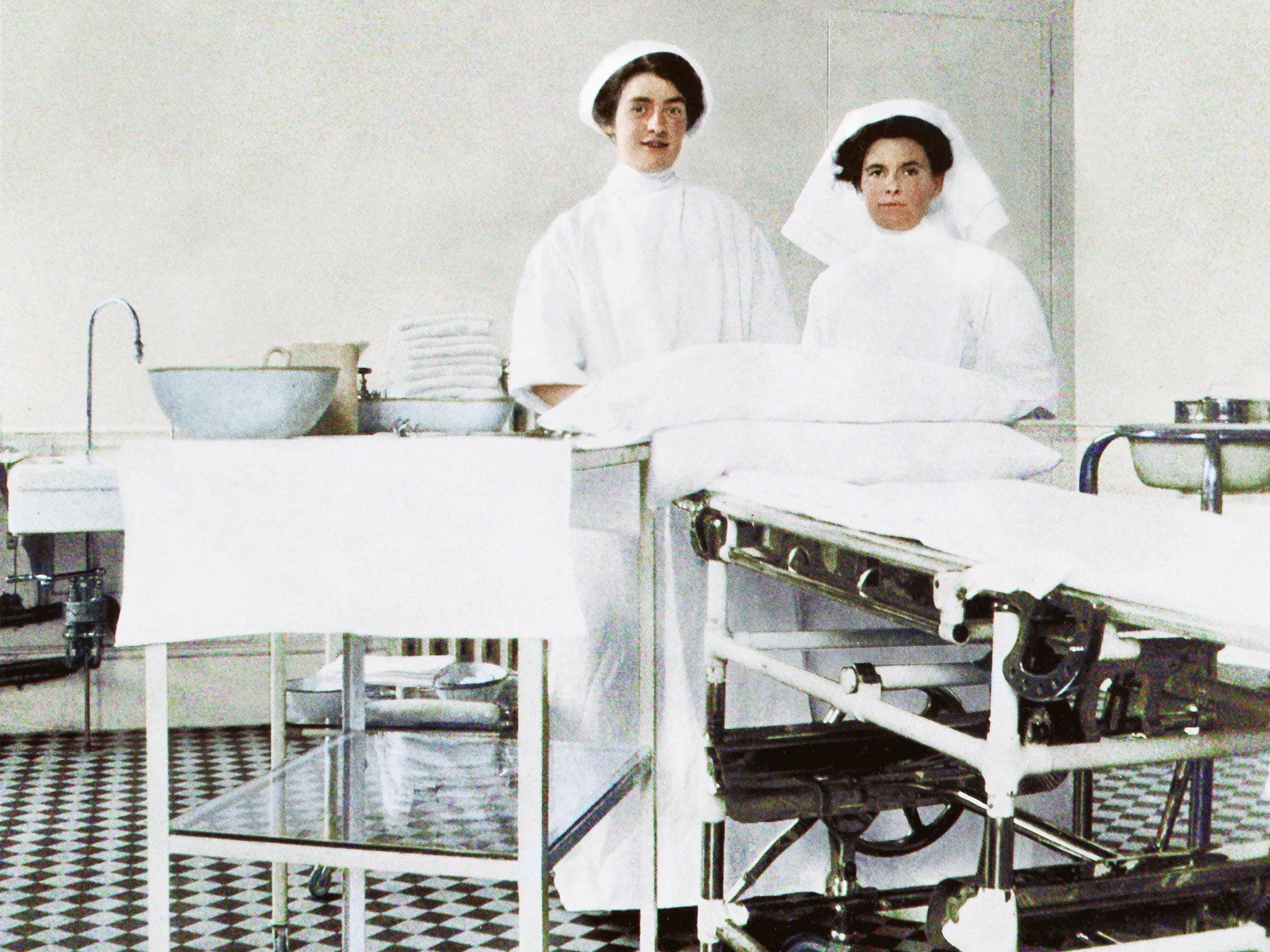
“To see images in colour is to see the real people behind the photographs,” said digital colourist Marina Amaral. “Humans live in colour, and this helps us see people from a more personal perspective – they are no longer removed from reality, but real people with lives and purpose."
She added: “These women did remarkable jobs during the First World War and if my coloured images help people recognise their family members then that would be an amazing outcome.”
The collection of photographs will go on display to the public at Wrest Park on Saturday and will remain on show until the end of September.
